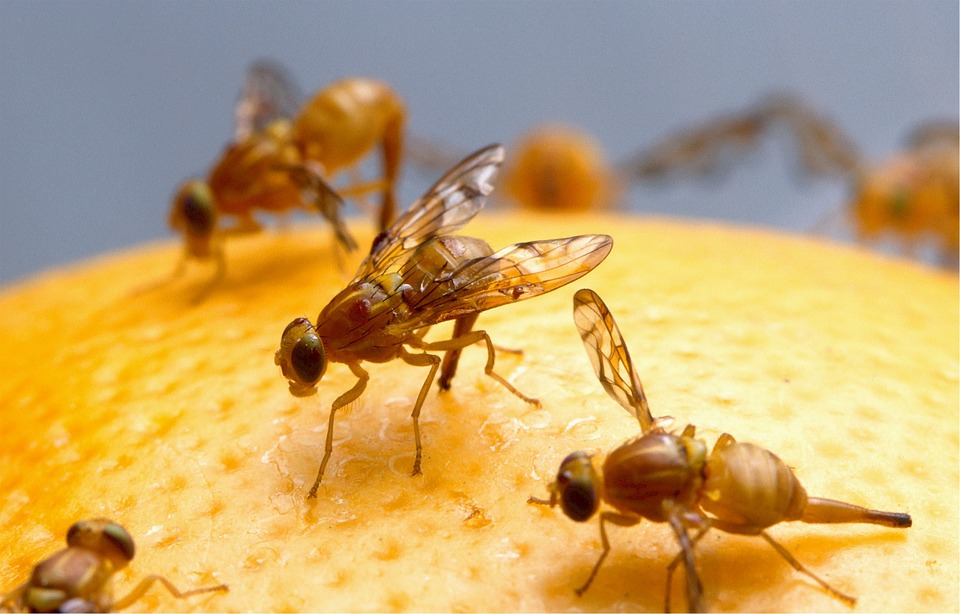Archives for neuroscience
A group of researchers from Brown University, University of California, San Diego (UCSD), and Qualcomm recently developed a brain-computer interface (BCIs) system called ‘Neurograins’ that can sense electrical activity in the brain and transmit the data wirelessly. It records and stimulates brain activity using a coordinated network of independent and wireless microscale neural sensors. This…
The post Inside Neurograins, A New Technology To Record Brain Impulses appeared first on Analytics India Magazine.
In June 2021, the Company was selected as one of the 20 start-ups from 500 applicants to the MedTech Innovator APAC 2021 Accelerator program.
The post Neuroscience Startup BrainSightAI Raises USD750,000 In Seed Round appeared first on Analytics India Magazine.
“With so much at stake, the need for the field of neuroscience and AI to come together is now more urgent than ever before.” DeepMind Human brains have around 86 billion neurons connected via an estimated 100 trillion synapses. It becomes a mammoth challenge to comprehend the minutiae of how those cells function, let alone…
The post Google Releases Largest Dataset Mapping Human Brain appeared first on Analytics India Magazine.
“This is a great opportunity to continue the synergistic virtuous circle’ that has connected neuroscience and AI for decades.” Artificial Neural networks occasionally get the bad rap for watering down the complexity of how a human brain works with over the top analogies. But, there is no denying the fact that popular algorithms were heavily…
The post AI Returns The Favour: Implications Of Deep RL In Neuroscience appeared first on Analytics India Magazine.
DeepMind has been trying to bridge the gap between AI and biology for quite some time now. All their endeavours revolve around solving the problem of intelligence in machines. The straightforward trivial tasks for humans can be very, very sophisticated and almost for devices. While human brains are hardcoded with millions of years of learning,…
The post Coding Dopamine: How DeepMind Brought AI To The Footsteps Of Neuroscience appeared first on Analytics India Magazine.
DeepMind has been trying to bridge the gap between AI and biology for quite some time now. All their endeavours revolve around solving the problem of intelligence in machines. The straightforward trivial tasks for humans can be very, very sophisticated and almost for devices. While human brains are hardcoded with millions of years of learning,…
The post Coding Dopamine: How DeepMind Brought AI To The Footsteps Of Neuroscience appeared first on Analytics India Magazine.
A healthy child’s brain under development is capable of adding nearly 250,000 neurons every minute! At birth, a brain has almost all the neurons that it will ever have. The brain continues to grow for a few years after a person is born and by the age of 2 years old. Thanks to the glial…
The post Silicon Brains: Designing Self Organising Neural Networks appeared first on Analytics India Magazine.


In the early 90s, a bunch of experiments were performed to find out how a living organism learns a task. In one such experiment, rats were made to run along the length of a single corridor or circular track, so researchers could easily determine which neuron coded for each position within the corridor. To the…
The post Can Machines Benefit From Deja Vu? Role Of Replay Learning In Artificial Neural Networks appeared first on Analytics India Magazine.


Researchers from the interdisciplinary fields of computational sciences and neuro sciences usually take the anthropomorphic design approach to mimic human understanding of conceptual foundations. The researchers usually suggest this bottom-up approach to understand intelligent architectures because simple nervous systems(number of neurons that can be mapped) found in nature, like that of nematodes, are biophysically simulated…
The post Is AI Playing God? Deep Learning Algorithms Reconstruct The Brain Of A Fruit Fly appeared first on Analytics India Magazine.


Researchers from the interdisciplinary fields of computational sciences and neuro sciences usually take the anthropomorphic design approach to mimic human understanding of conceptual foundations. The researchers usually suggest this bottom-up approach to understand intelligent architectures because simple nervous systems(number of neurons that can be mapped) found in nature, like that of nematodes, are biophysically simulated…
The post Is AI Playing God? Deep Learning Algorithms Reconstruct The Brain Of A Fruit Fly appeared first on Analytics India Magazine.

